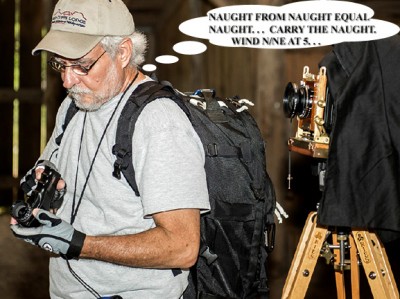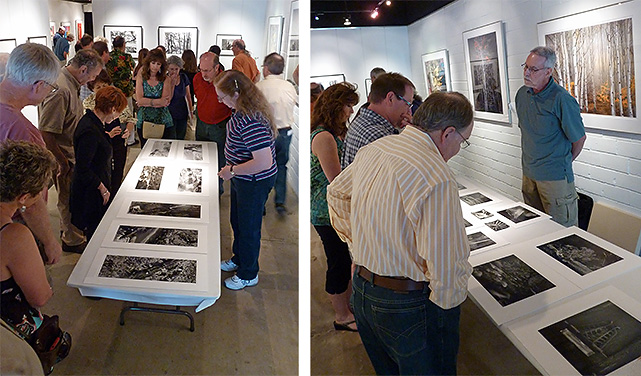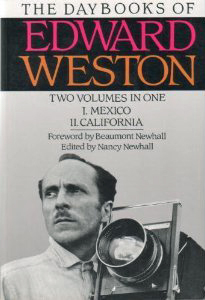 Have you ever wondered what the life of an artist would be like? Edward Weston was not only an artist, he was obsessed by his art. Every day before everyone else was awake, Edward would write in his Daybook. His journal has become a classic of photographic literature. At one point he destroyed some of his daybooks, but those that remained were eventually transcribed and published.
Have you ever wondered what the life of an artist would be like? Edward Weston was not only an artist, he was obsessed by his art. Every day before everyone else was awake, Edward would write in his Daybook. His journal has become a classic of photographic literature. At one point he destroyed some of his daybooks, but those that remained were eventually transcribed and published.
Weston was a towering figure in twentieth-century photography, whose restless quest for beauty and the mystical presence behind it resulted in a body of work unrivaled in the medium. John Szarkowski observes that “It was as though the things of everyday experience had been transformed… into organic sculptures, the forms of which were both the expression and the justification of the life within… He had freed his eyes of conventional expectation, and had taught them to see the statement of intent that resides in natural form.”
This is a fascinating and informative read. A look into the life of a dedicated artist. If you are serious about your photography. . . if you think you are serious about your photography. . . read “The Daybooks of Edward Weston” and see how you compare.
JB
JB

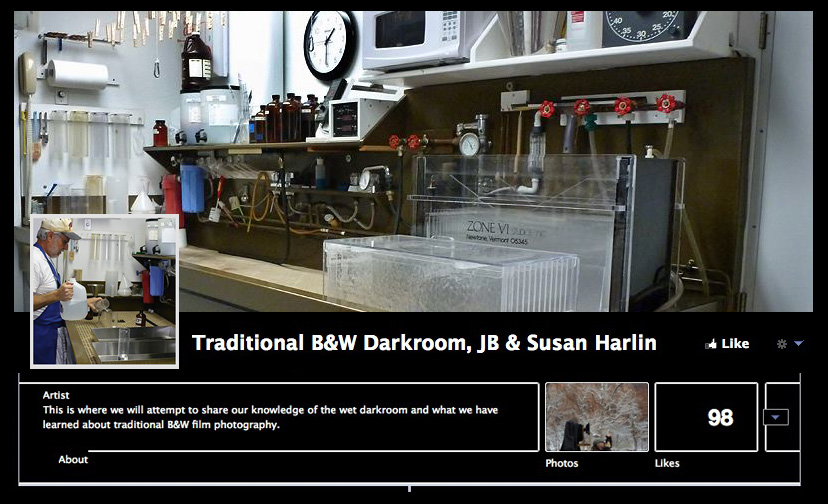

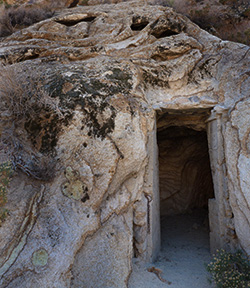 We went on another December and early January expedition to the Southwest again this year. This time we trekked to California and the Eastern Sierra, then backtracked to Utah to visit some of our favorite places to photograph. We saw mild weather and very cold weather on our journey. We had blue skies, cloudy skies, rain and snow. Susan and I shot a lot of film, and now it is time to get the notes in order and begin the darkroom work.
We went on another December and early January expedition to the Southwest again this year. This time we trekked to California and the Eastern Sierra, then backtracked to Utah to visit some of our favorite places to photograph. We saw mild weather and very cold weather on our journey. We had blue skies, cloudy skies, rain and snow. Susan and I shot a lot of film, and now it is time to get the notes in order and begin the darkroom work.

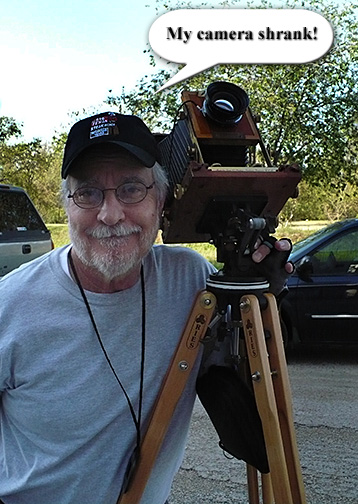 See why these film cameras could help you with your photography skills as well. Metering, composing, keystoning, and hyperfocusing will be discussed and demonstrated. It will be a fun morning!
See why these film cameras could help you with your photography skills as well. Metering, composing, keystoning, and hyperfocusing will be discussed and demonstrated. It will be a fun morning!
